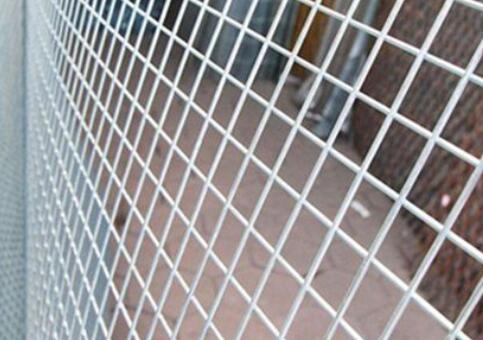The Importance of Chicken Wire for Bird Cages
When it comes to creating a safe and secure environment for birds, the selection of materials plays a crucial role. One such material that stands out for its practicality and effectiveness is chicken wire. Commonly used for a variety of agricultural and gardening applications, chicken wire is particularly beneficial for constructing bird cages. In this article, we will explore the advantages of chicken wire for bird cages and provide insights into its features, installation tips, and maintenance.
What is Chicken Wire?
Chicken wire, also known as poultry netting or hex wire, is a type of wire mesh that consists of thin, flexible wires twisted together to form a hexagonal pattern. Traditionally, it has been used to confine chickens and other poultry, but its versatility makes it an excellent material for other uses, especially in bird-keeping. Available in different gauges and sizes, chicken wire can be tailored to fit various cage dimensions, providing a safe yet breathable environment.
Advantages of Using Chicken Wire for Bird Cages
1. Ventilation One of the primary benefits of using chicken wire is the ample ventilation it provides. Unlike solid materials, the open structure of chicken wire allows for sufficient airflow, helping to maintain a comfortable environment for birds. This is particularly important for ensuring their health, as stagnant air can lead to respiratory issues.
2. Visibility Birds are naturally curious creatures, and they thrive in environments where they can observe their surroundings. Chicken wire allows them to see out of their cages, reducing stress and encouraging natural behaviors. This visibility can enhance the overall well-being of the birds, making them more active and sociable.
3. Durability Chicken wire is designed to withstand weather elements and regular use, making it a durable choice for outdoor bird cages. While it may not be completely predator-proof, it serves as an effective deterrent against most small animals, safeguarding the birds from potential threats.
4. Ease of Installation Chicken wire is relatively lightweight and easy to work with. This makes installation straightforward, whether you are building a new cage or reinforcing an existing one. Many DIY enthusiasts find chicken wire manageable, as it can be cut to size and shaped to fit custom designs.
chicken wire for bird cage

5. Affordability Compared to other materials, chicken wire is a cost-effective option for building bird cages. Its widespread availability in hardware stores means that bird enthusiasts can incorporate this material without breaking the bank.
Installation Tips
When using chicken wire for bird cages, it's essential to follow some best practices to ensure safety and durability
- Choose the Right Gauge Opt for a heavier gauge wire if you have larger birds or if predators are a concern. A 19-gauge wire is suitable for most small to medium-sized birds, while larger birds may require heavier options.
- Secure Edges Make sure the edges of the chicken wire are securely fastened to the frame of the cage. Use staples or wire ties to prevent any gaps that could allow the birds to escape or predators to enter.
- Inspect for Damage Regularly check the chicken wire for any signs of wear or damage, especially if it’s exposed to outdoor elements. Prompt repairs will prevent potential hazards.
Conclusion
In conclusion, chicken wire is an excellent choice for building bird cages due to its myriad benefits, including ventilation, visibility, durability, and cost-effectiveness. With proper installation and maintenance, chicken wire can create a safe and healthy environment for birds, allowing them to thrive in captivity. Whether you are a seasoned bird keeper or a novice looking to start your journey, considering chicken wire for your bird cage will provide you and your feathered friends with peace of mind. Embrace the benefits of chicken wire and foster a home where birds can live freely and happily!

















